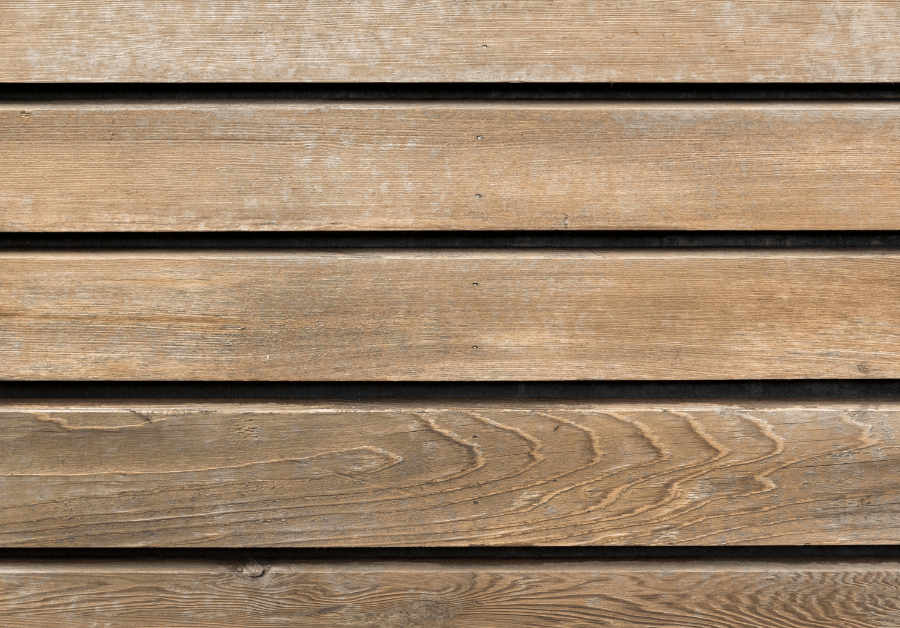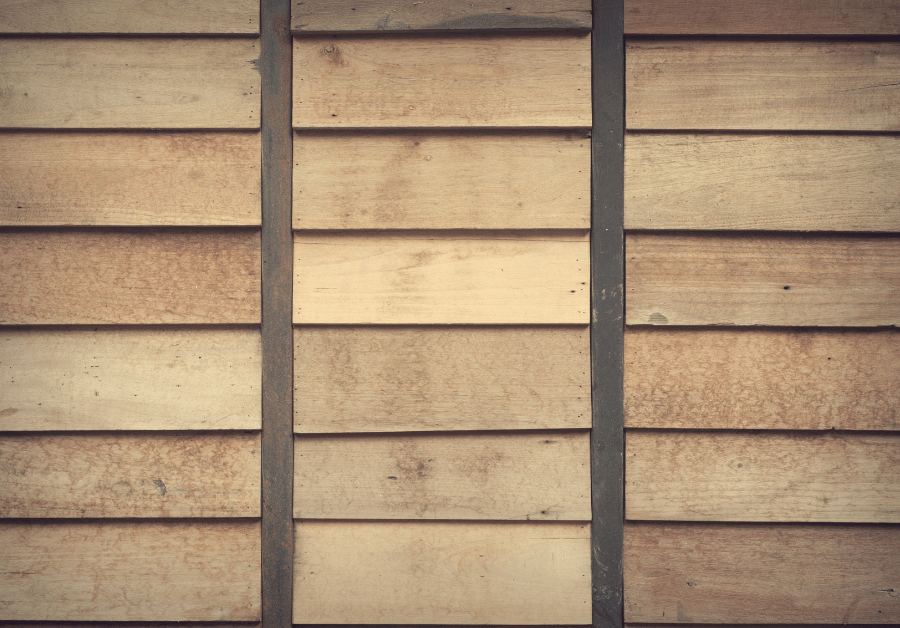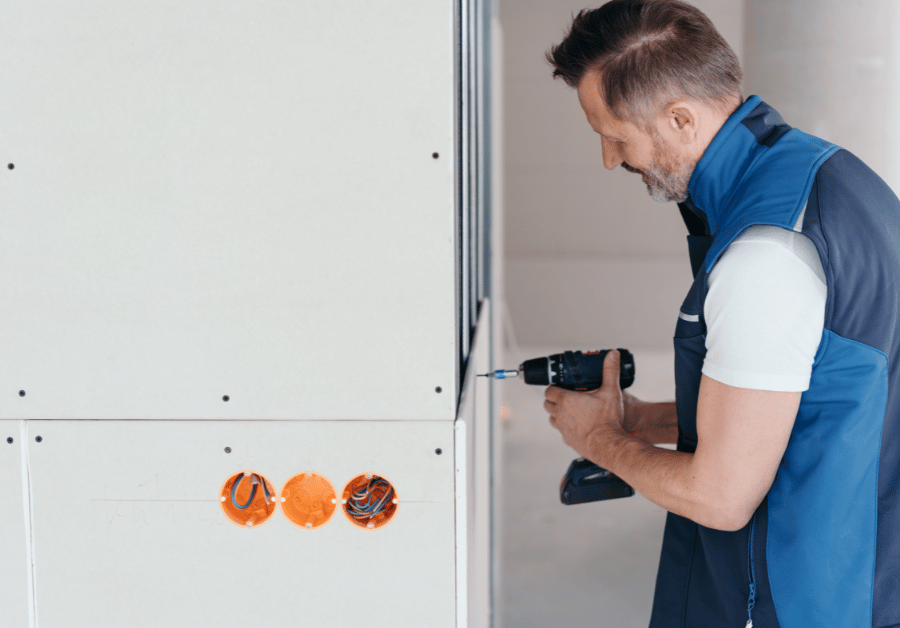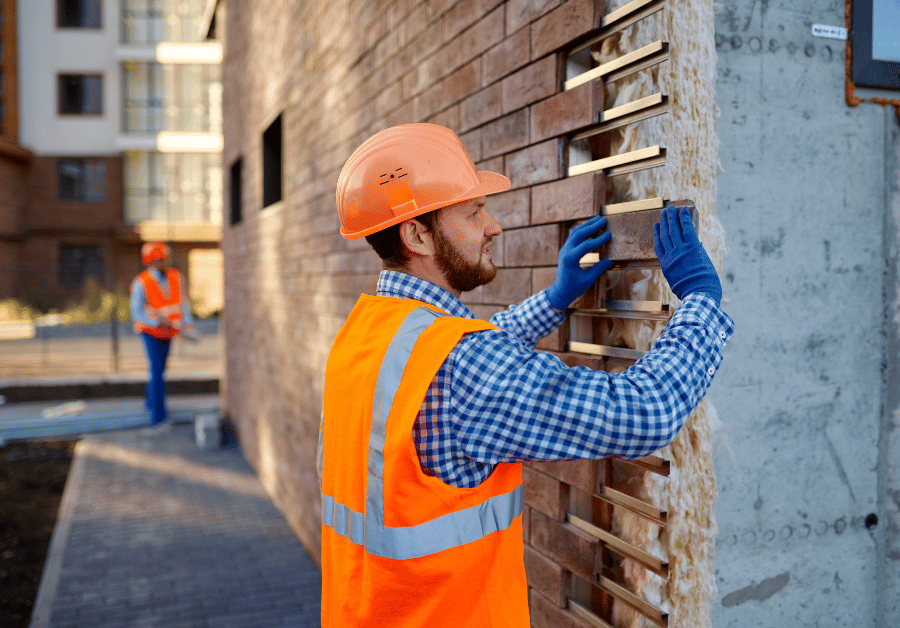Cladding Install: Your Comprehensive Guide for Melbourne & Australia
Thinking about a makeover for your home's exterior? Or perhaps you're building new and considering the best protective and aesthetic finish? Chances are, you've come across the term 'cladding'. And if you're in Australia, particularly in dynamic cities like Melbourne, Sydney, Perth, Brisbane, Adelaide, or Hobart, understanding the ins and outs of a professional cladding install is crucial.
Cladding isn't just about making your house look good; it's a vital protective layer against Australia's diverse and often harsh weather conditions. From the scorching sun in Perth and Brisbane to the unpredictable storms in Melbourne and Tasmania, quality external cladding is your home's first line of defence. This guide dives deep into everything you need to know about cladding installation, focusing on giving you the knowledge to make informed decisions and connect with the right professionals.
We'll explore different cladding types, the installation process, cost factors (including cladding cost supplied and installed), and why hiring a qualified professional for your cladding services is almost always the best way to go. Whether you're interested in metal cladding, vinyl cladding, stone cladding, or popular options like James Hardie fibre cement, we've got you covered.
Why Cladding Matters: Beyond Just Looks

Cladding serves multiple essential functions for any building, whether residential or commercial. It's not merely decorative; it's a fundamental part of the building envelope, contributing significantly to its longevity and performance.
- Protection: Acts as a barrier against rain, wind, UV rays, and pests.
- Insulation: Helps improve thermal performance, keeping your home warmer in winter and cooler in summer, potentially reducing energy bills.
- Durability: Many modern cladding systems are designed to withstand harsh conditions and require minimal maintenance.
- Aesthetics: Transforms the look of a property, adding curb appeal and potentially increasing its value.
- Structural Integrity: While not load-bearing, it protects the structural elements from moisture damage.
Understanding these benefits highlights why a proper cladding installation is an investment in your home's future.
Choosing the Right Cladding Type for Australian Climates

Australia's varied climate zones, from tropical north to temperate south, mean that the best cladding choice can differ depending on your location. Here's a look at some popular external cladding options you'll find across the country, including Melbourne:
Metal Cladding Systems: Sleek & Durable
Metal cladding is quickly becoming a popular installation option for many residential projects, especially in Melbourne's wall and roof cladding trends. Options like aluminium cladding and steel are known for their durability, low maintenance, and modern aesthetic. Metal wall cladding systems are particularly suited for contemporary designs and can offer excellent weather resistance. Finding a reputable metal cladding supplier and installer in Melbourne is key to ensuring a quality finish. Premier metal cladding systems provide a sleek, architectural look.
Vinyl Cladding: Cost-Effective & Low Maintenance
For those looking for a balance of affordability and ease of care, vinyl cladding is a fantastic buy. Products like Proside Select vinyl weatherboard cladding offer a classic weatherboard look without the need for regular painting. Installing vinyl weatherboard cladding on an existing home is a common recladding project. Choosing vinyl weatherboards building Proside Select offer a durable and attractive solution, particularly popular in areas like Melbourne, Victoria.
Fibre Cement (James Hardie): Versatile & Resilient
James Hardie is a renowned name in Australian building materials, and their fibre cement products are incredibly versatile. Options like Matrix cladding and Axon cladding offer different looks, from modern panel systems to vertical shiplap styles. James Hardie cladding is known for being durable and resistant to rot and pests. Their products often come with detailed cladding installation guides, specifying requirements like using a suitable weather barrier like Hardie Wrap weather barrier (Class 2 Vapour Permeable). Understanding the specific installation guide James Hardie provides is vital for correct application.
Stone Cladding: Natural Beauty & Texture
For a premium external finish, stone cladding offers unmatched natural beauty and texture. This can be natural stone or engineered products. Installation often involves a mechanical fixing method, such as systems utilising Stoneclip mechanical anchors, ensuring secure attachment to the wall structure. Clads premium external, internal & stone cladding services specialise in this type of installation.
Other Cladding Types
Other options include timber, brick, and newer materials like Hebel, each with its own installation requirements and aesthetic appeal. A qualified professional cladding specialist can advise on the best material for your specific project and location within Australia.
The Cladding Installation Process: A Step-by-Step Overview

While the specifics vary depending on the material, a typical professional cladding installation follows a structured process:
1. Planning and Preparation
This is where the project truly begins. It involves detailed measurements, material selection (using the best quality materials suitable for your climate and building type), and site assessment. Preparing the existing wall surface is critical – this might involve removing old cladding (recladding projects), repairing the substrate, and ensuring the surface is clean and level. Correct planning ensures the installation proceeds smoothly and efficiently.
2. Substructure Installation
Most modern cladding systems require a substructure, often timber or metal battens, fixed to the existing wall. This creates a level surface for the cladding, allows for ventilation, and provides a cavity for insulation or services. The type and spacing of battens depend on the chosen cladding system and local building codes.
3. Weather Barrier Application
A crucial step, often overlooked in DIY attempts. A weather barrier (like a sarking or wrap) is installed over the substructure. This membrane protects the wall sheathing from moisture that might penetrate the cladding layer. Products like James Hardie's Hardie Wrap act as a secondary defence against water ingress while allowing vapour to escape from inside the wall cavity.
4. Installing the Cladding Panels or Boards
This is the main event. Depending on the material, cladding is installed using various methods:
- Mechanical Installation: Using screws, nails, or specific mechanical fixing systems (common for metal, fibre cement, and stone cladding).
- Secret Fixing: Where fasteners are hidden within the joint or board (often used for timber or some modern panel systems).
- Adhesive Fixing: Sometimes used in conjunction with mechanical methods, especially for tile or stone cladding.
Correct alignment, spacing, and fastening according to the manufacturer's installation guide are paramount for durability and warranty validity. Installing basic external cladding correctly requires attention to detail and adherence to best practices.
5. Trims and Finishing
Once the main cladding is installed, trims, flashing, and corner details are added. These not only provide a neat finish but are essential for waterproofing around windows, doors, and corners. Proper sealing is also applied where necessary.
6. Clean Up and Inspection
A professional job includes thorough site clean-up. A final inspection ensures the installation meets quality standards and compliance requirements.
DIY Cladding Install vs. Hiring Qualified Professionals
While some might consider tackling a basic external cladding install as a DIY project, particularly for smaller areas or using materials like vinyl weatherboards, it's often more complex than it appears. Building regulations, manufacturer warranties, and the need for demonstrating excellent skills mean that professional installation is usually the recommended path.
Why Professional Cladding Services Are Worth It:
- Expertise: Qualified professionals have the knowledge and experience to handle different materials and challenging building specifics. They understand structural requirements, weatherproofing details, and compliance.
- Compliance: Building codes and standards in Australia (Victoria included) are strict. Professionals ensure the installation meets these requirements, avoiding potential issues down the track.
- Efficiency: Professionals have the right tools and techniques to complete the job safely and efficiently.
- Warranty: Many cladding manufacturers require installation by a certified or qualified professional for the product warranty to be valid.
- Safety: Working at heights and with power tools requires specific safety protocols that professionals are trained in.
- Quality Finish: Achieving a seamless, durable, and aesthetically pleasing finish requires skill and experience. Professionals specialise in delivering quality cladding.
Even units like VU23325 - Install basic external cladding offered by institutions like Victoria University often require close supervision and guidance to develop defined, limited range knowledge and skills. This highlights that even 'basic' installation benefits from expert oversight.
For significant projects, or when using advanced metal cladding or complex systems, relying on professional cladding specialists is essential. They have the skills, knowledge, and insurance to protect your investment.
Finding the Best Cladding Installers in Melbourne & Across Australia
So, you've decided to hire a professional (great choice!). How do you find reliable cladding services and installers?
Here’s what to look for:
- Experience: How long have they been providing cladding services? Do they have experience with the specific type of cladding you've chosen?
- Qualifications & Licensing: Ensure they are properly licensed and qualified to perform building work in your state (Victoria, NSW, WA, QLD, SA, TAS). Ask for proof of qualifications.
- Insurance: Verify they have public liability insurance and, for larger projects, domestic building insurance.
- References & Reviews: Ask for references from previous clients or check online reviews. Look for feedback specifically on their cladding installation projects.
- Quotes: Get detailed quotes from multiple providers. This helps you compare costs and understand the scope of work included.
Finding a trusted cladding supplier and installer is crucial. Whether you're in Melbourne using their services or located in regional areas, vetting your potential installer thoroughly is key.
Navigating the market to find qualified professional cladding specialists can be time-consuming and stressful. This is where a service designed to connect you with verified local professionals comes in handy.
Cladding Cost: What to Budget for Your Project
Understanding the potential cladding cost is a major factor for any homeowner or builder. The price of a cladding installation project can vary significantly based on several factors:
- Material Type: Basic vinyl cladding will cost less per square metre than premium external stone cladding or advanced metal cladding systems. James Hardie products like Matrix cladding fall somewhere in between, offering excellent value. Aluminium cladding cost supplied and installed can vary based on profile and finish.
- Project Size and Complexity: Larger areas naturally cost more, as do projects with complex architectural details, multiple corners, or challenging site access. Recladding an existing home might involve extra costs for removal and disposal of old material.
- Installation Method: Mechanical installation systems or specialized mechanical fixing methods can influence labour costs.
- Location: Labour rates can differ between states and even between metro vs regional areas. For example, labour rates in Sydney tend to be higher compared to Melbourne. Getting quotes tailored to your specific location (Melbourne, Perth, Brisbane, Adelaide, Hobart, etc.) is essential.
- Supplier vs. Installed: The cost supplied and installed will always be higher than just the material cost supplied, as it includes labour, fixings, weather barriers, trims, and project management.
It's difficult to give exact figures without a specific project scope, but getting detailed quotes from qualified professionals is the most accurate way to budget. Ensure quotes clearly break down the cost of materials supplied and the cost of installation.
Ready to Transform Your Home with Cladding?
Investing in a professional cladding install is one of the most effective ways to protect, insulate, and dramatically improve the appearance of your home or building in Australia. Whether you're in the bustling metro areas of Melbourne or Sydney, or in regional areas across Victoria, Queensland, Western Australia, South Australia, or Tasmania, finding the right qualified professionals is key to a successful project.
Choosing the right material and ensuring it's installed correctly by skilled professionals demonstrating excellent skills will give you peace of mind and a beautiful, durable finish for years to come. Avoid the pitfalls of poor installation and ensure your investment is sound.
